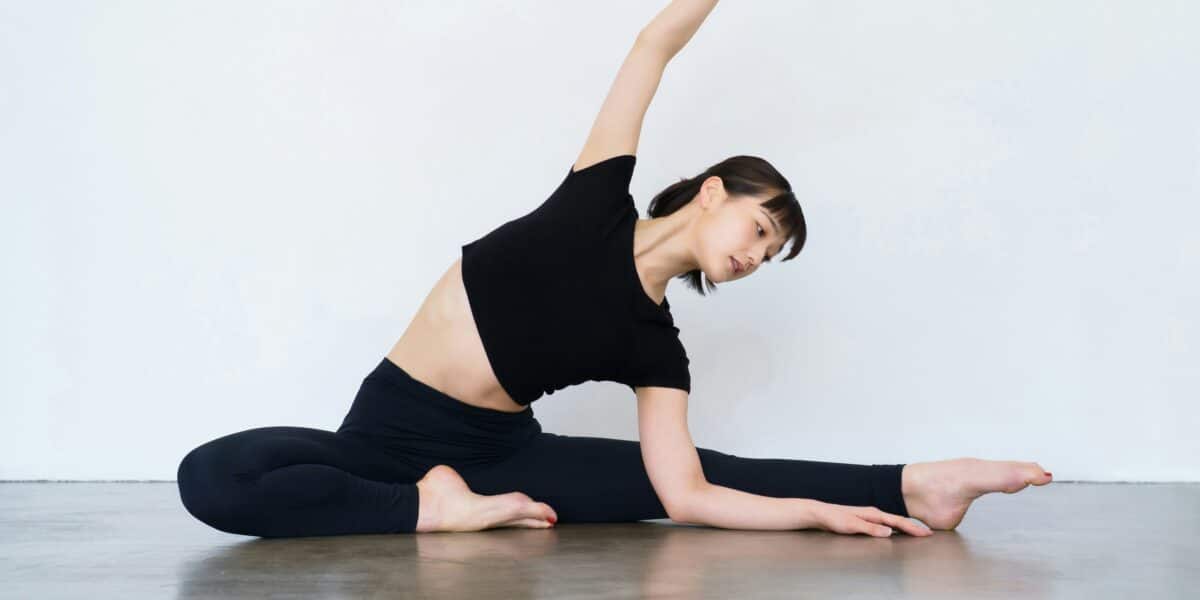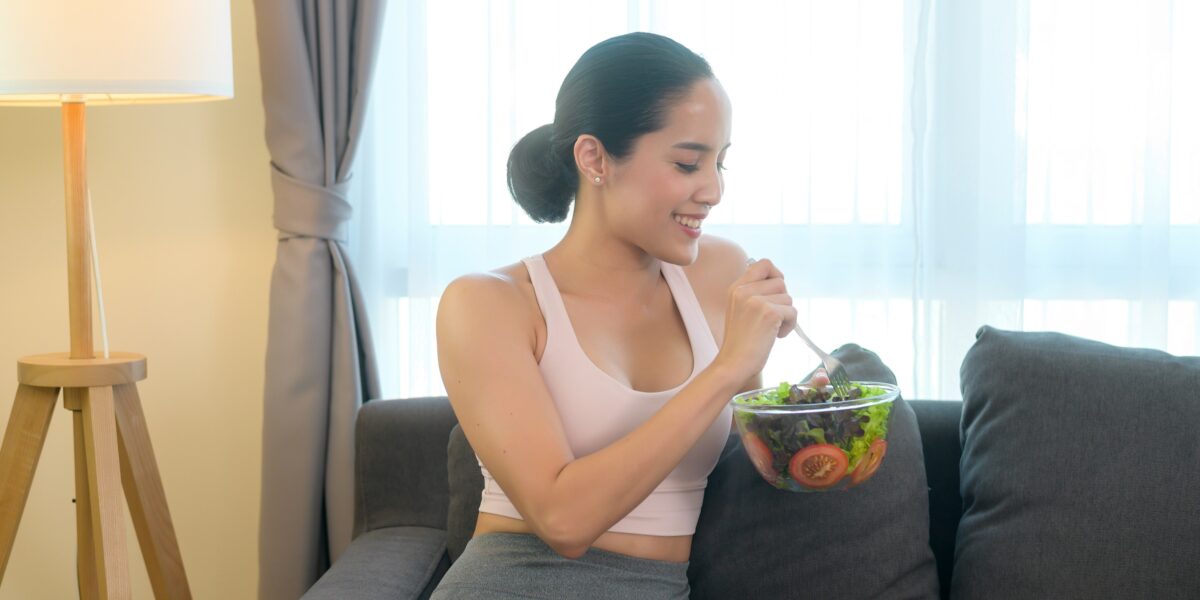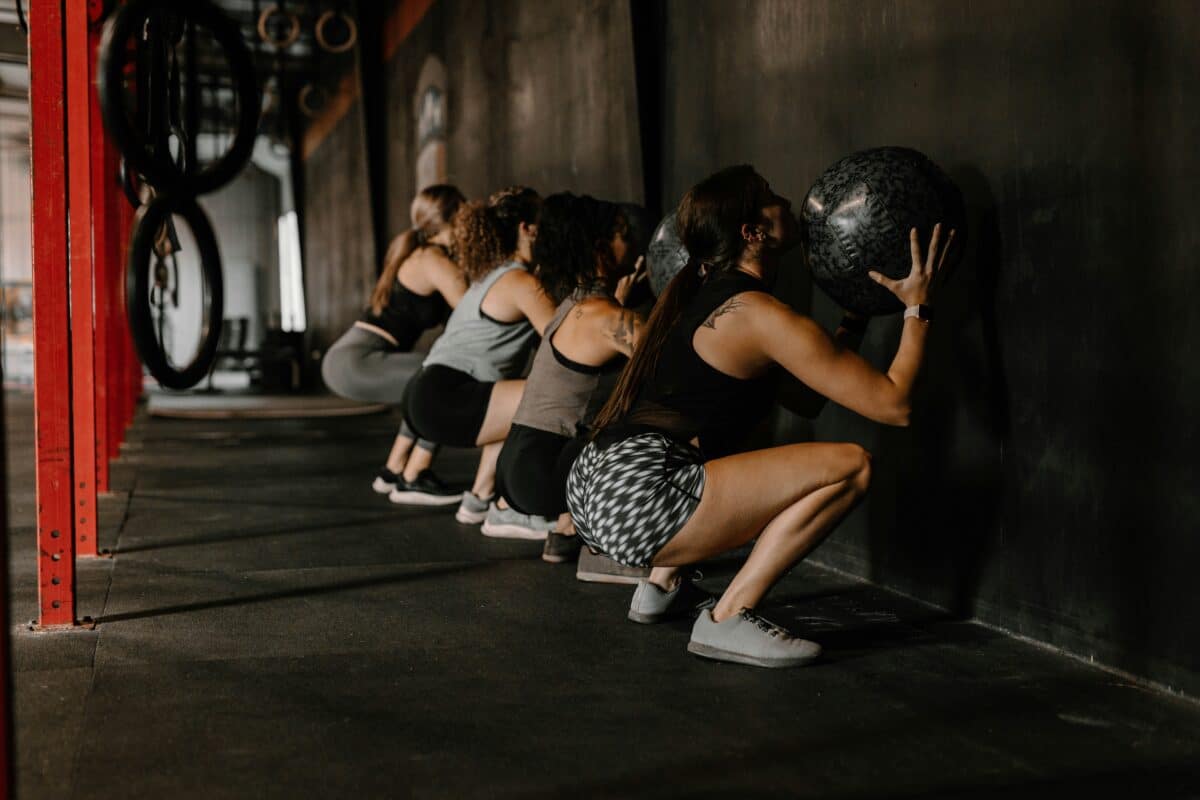Healthy Eating Habits for Busy Women
![]() Womens Journal Staff 2
on
January 20, 2025
Womens Journal Staff 2
on
January 20, 2025
Understanding the Importance of Healthy Eating
Maintaining healthy eating habits can be challenging for busy women juggling work, family, and other responsibilities. However, making nutritious food choices is essential for maintaining energy levels, overall health, and well-being. This article provides practical tips and strategies to help busy women develop and maintain healthy eating habits.
Healthy eating is crucial for providing the body with essential nutrients, maintaining a healthy weight, and preventing chronic diseases. For busy women, consuming a balanced diet can improve energy levels, boost mental clarity, and enhance productivity.
Tips for Developing Healthy Eating Habits
Here are some effective tips to help busy women develop and maintain healthy eating habits:
1. Plan Your Meals
Meal planning is a powerful tool for ensuring you eat healthily despite a busy schedule. Set aside time each week to plan your meals, create a shopping list, and prepare ingredients in advance. This approach can save time, reduce stress, and help you avoid unhealthy food choices.
2. Prepare Healthy Snacks
Having healthy snacks readily available can prevent you from reaching for junk food when hunger strikes. Stock up on nutritious options like fruits, vegetables, nuts, yogurt, and whole-grain crackers. These snacks provide essential nutrients and keep you satisfied between meals.
3. Stay Hydrated
Drinking enough water is vital for overall health and well-being. Carry a reusable water bottle with you and aim to drink at least eight glasses of water daily. Staying hydrated can help maintain energy levels, support digestion, and prevent overeating.
Easy and Nutritious Meal Ideas
Incorporating healthy meals into a busy lifestyle can be simple with these quick and nutritious meal ideas:
1. Breakfast
Starting your day with a healthy breakfast can boost your energy and metabolism. Try these quick breakfast options:
- Overnight Oats: Prepare oats with milk or yogurt, and add fruits, nuts, and seeds for a nutritious start to your day.
- Smoothies: Blend your favorite fruits, vegetables, and protein sources like Greek yogurt or protein powder for a quick and nutritious breakfast.
- Whole-Grain Toast: Top whole-grain toast with avocado, eggs, or nut butter for a balanced meal.
2. Lunch
A healthy lunch can keep you energized and focused throughout the afternoon. Consider these easy lunch ideas:
- Salad Jars: Layer your favorite vegetables, proteins, and grains in a jar for a portable and nutritious meal.
- Wraps: Use whole-grain tortillas and fill them with lean proteins, vegetables, and healthy fats like avocado.
- Leftover Makeovers: Repurpose leftovers from dinner into a new, healthy lunch by adding fresh vegetables or a side salad.
3. Dinner
End your day with a wholesome dinner that supports your health and well-being. Try these simple dinner ideas:
- Stir-Fries: Quickly cook vegetables, lean proteins, and healthy oils in a pan for a fast and nutritious meal.
- Sheet Pan Dinners: Roast vegetables, proteins, and seasonings on a single sheet pan for an easy and balanced dinner.
- One-Pot Meals: Prepare soups, stews, or grain bowls in one pot for a convenient and healthy dinner option.
Strategies for Eating Out
Eating out can be a part of a healthy lifestyle if you make mindful choices. Here are some strategies for maintaining healthy eating habits while dining out:
1. Choose Wisely
Select restaurants that offer healthy options and review their menus in advance. Look for dishes that include lean proteins, whole grains, and plenty of vegetables. Avoid fried foods, heavy sauces, and sugary drinks.
2. Control Portions
Restaurant portions are often larger than necessary. Consider sharing a dish, ordering a half-portion, or packing leftovers to take home. This approach helps prevent overeating and allows you to enjoy your meal without guilt.
3. Customize Your Order
Don’t be afraid to ask for modifications to make your meal healthier. Request grilled instead of fried options, ask for dressings and sauces on the side, and substitute unhealthy sides with vegetables or salads.
Overcoming Common Challenges
Busy women often face specific challenges when trying to maintain healthy eating habits. Here are some common obstacles and strategies to overcome them:
1. Time Constraints
Lack of time is a significant barrier to healthy eating. Overcome this challenge by planning meals in advance, preparing ingredients ahead of time, and utilizing quick and easy recipes. Consider batch cooking and freezing meals for busy days.
2. Limited Access to Healthy Options
Finding healthy food options can be challenging, especially when traveling or during busy workdays. Carry portable, nutritious snacks with you, and research healthy dining options in advance. Choose whole, minimally processed foods whenever possible.
3. Emotional Eating
Stress and emotions can lead to unhealthy eating habits. Develop healthy coping mechanisms, such as exercise, meditation, or talking to a friend. Keep a food journal to track your eating patterns and identify triggers for emotional eating.
Healthy eating habits are essential for busy women to maintain energy, productivity, and overall well-being. By planning meals, preparing healthy snacks, staying hydrated, and making mindful choices, you can develop and maintain nutritious eating habits. Overcoming common challenges and incorporating easy, balanced meals into your routine can help you lead a healthier, more fulfilling life. Start implementing these strategies today and enjoy the benefits of a well-nourished body and mind.










